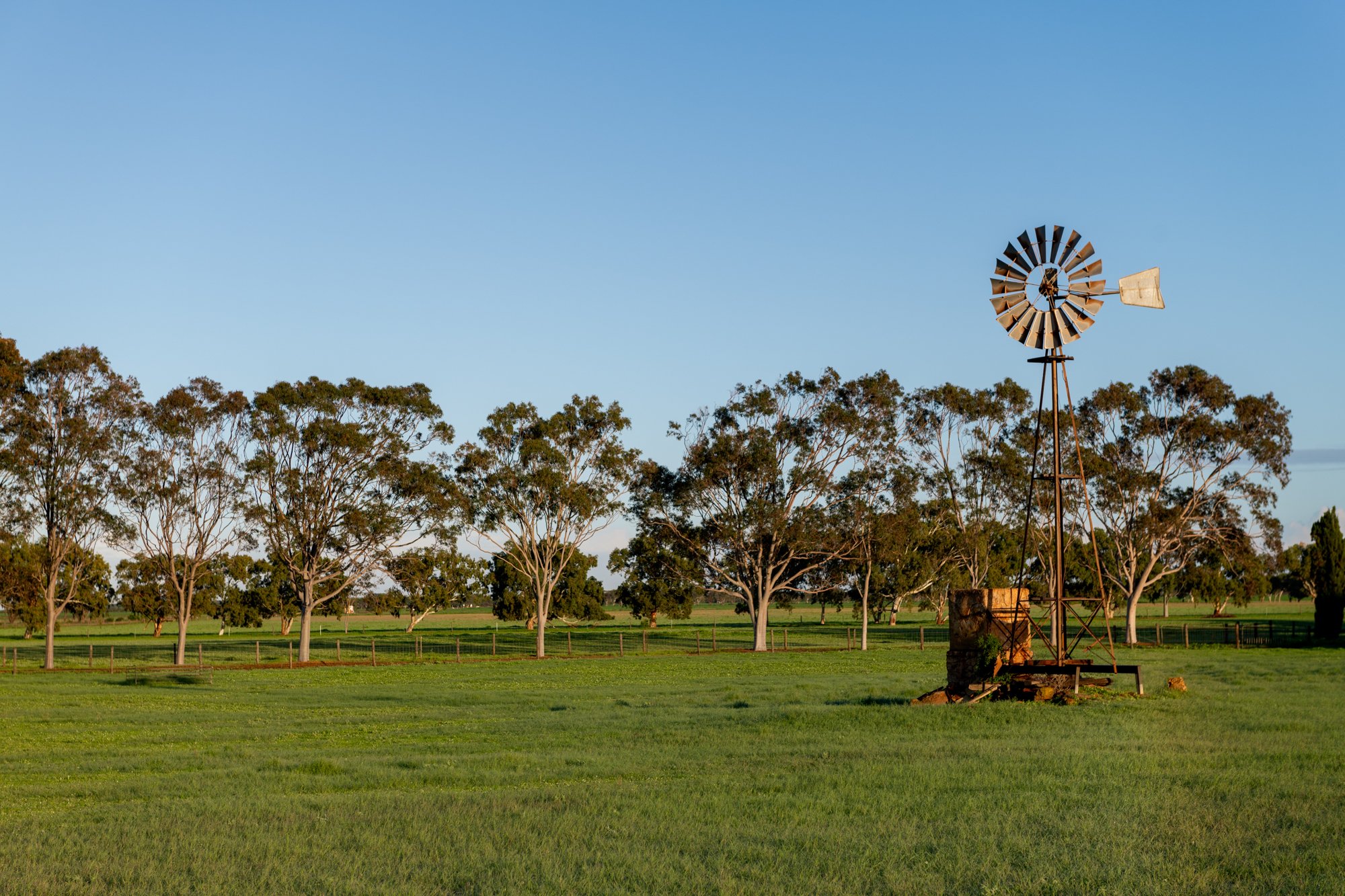
Frequently Asked Questions
The project
-
The Project will deliver significant benefits to the region and local communities, including:
- creating approximately 300-400 new jobs during construction
- creating approximately 10 local long-term jobs to operate the wind farm
- generating up to 500 MW of new, low-cost renewable energy
- contributing to Western Australia and Australia's renewable energy goals
- generating clean, affordable energy to power up to 390,000 average Australian homes each year
- reducing up to 2.2 million tonnes of CO2 emissions
- encouraging investment in Western Australia's Mid West region.
-
The Project will likely use Vestas V172 7.2 MW Turbines. These turbines will have a hub height of around 150m and a maximum blade tip height of approximately 236m.
Project construction
-
Construction and operation will require a range of skills, such as:
engineering
trade (electrical, mechanical, construction)
transport
building material providers
equipment operators
consultants
project management
administration.
-
Vestas understands that water is an important issue for the Mid West community. During construction, water will be required for concrete batching and potentially for dust suppression. Vestas will source water from local supplies, subject to availability and within the constraints of the development consent for the Project.
-
Vestas will investigate the local roads and identify the most suitable transport route to the Project site. Engagement with local councils, stakeholders and the wider community will influence the route chosen, and the Project will use major roads to access the site when possible. The Project team will determine a final route after consultation with Geraldton Council, the Shires of Irwin and Mingenew and Main Roads Western Australia to identify any required upgrades.
Project operations
-
Wind farms and aerial spraying co-exist in other agricultural regions across Australia.
Sprayers must prepare a flight plan considering all obstacles including wind turbines, power lines, telco towers etc.
Aerial spraying is typically conducted in low wind conditions <15km/h. Wind turbines do not commence operating until wind speeds exceed >11km/h which means there is a high likelihood the turbines will be still whilst spraying is being undertaken.
-
The project will connect to new transmission lines, likely extending from the existing 330kV transmission line at Three Springs. Vestas is working with Western Power to confirm this.
-
Wind turbines generate sound; however, people can generally maintain a conversation at the turbine's base without raising their voices. The wind speed and direction, topography, vegetation and distance from the turbine will impact how loud the turbines can be.
Noise levels from the wind turbines will be within the State guidelines. As part of the development process, noise monitoring and impact assessment for the Mid West Wind Farm project will be undertaken to ensure the operational noise at neighbouring dwellings complies with the relevant noise criteria specified in the guidelines. Noise will also be monitored during operations to ensure the actual operational noise does not exceed the relevant noise criteria.
Project decommissioning
-
Decommissioning is the responsibility of the wind farm owner and a condition of the wind farm lease and will be an obligation under the project development consent.
At the end of its operational life, the wind farm will be decommissioned in accordance with the planning framework requirements.
-
The project team will rehabilitate the landscape to its original/ agreed conditions. Infrastructure built solely for servicing the wind farm will be removed, and the site will be restored to its original state. Vestas turbines are currently 88 percent recyclable, to achieve zero turbine waste by 2040.
Decommissioning is fully funded by the wind farm owner.
